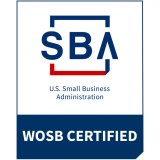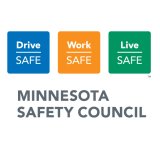



Personal Attenuation Rating (PAR) is a measure of hearing protector attenuation for each worker as determined by Individual Fit Testing. Individual Fit Testing is conducted for each employee using his/her own hearing protector as normally worn. OSHA, NIOSH and many professional organizations have long recognized that the laboratory-derived NRR is not a good predictor of actual hearing protector performance in the real world. Individual Fit Testing is now a recommended best practice for hearing conservation programs.
In 2008, an alliance between OSHA, NIOSH and the National Hearing Conservation Association identified technologies designed to establish individualized hearing protection attenuation ratings for each worker. This group of experts recognized the limitations to relying on laboratory conditions and group statistics to predict an individual user's hearing protector performance in the field. "The consequence of this approach is that an individual user may actually receive more but usually less attenuation than is stated on the hearing protector label." Based on their review of research and emerging trends and technologies, the Alliance identified Individual Fit Testing as a recommended best practice for hearing conservation programs. Individual fit testing of hearing protectors is similar in concept to fit testing for respirators. Preferred methods produce a single number overall estimate of real-world attenuation for each worker; this measure is generally referred to as a Personal Attenuation Rating or PAR.
To best determine what is happening in the real world for each worker, conduct an Individual Fit Test to ensure that the chosen hearing protector is actually performing as intended. Similar to NRR calculations, the goal of the PAR calculation is to ensure the worker's protected noise exposure has been reduced to a "safe" level, in most cases considered 85 dBA TWA or below. The difference is that the PAR is specific to the worker, derived from individual testing, not laboratory estimates, and does not require A-scale or de-rating "corrections."
To learn more, check out this deep dive into Individual Fit Testing for Hearing Protectors





